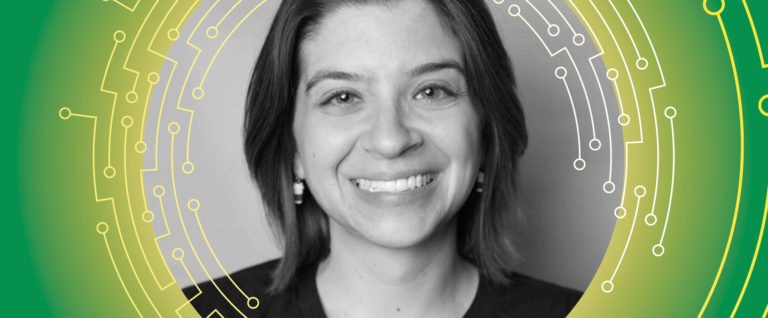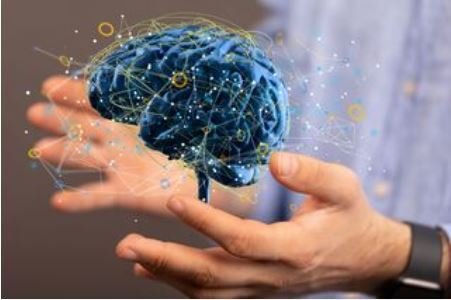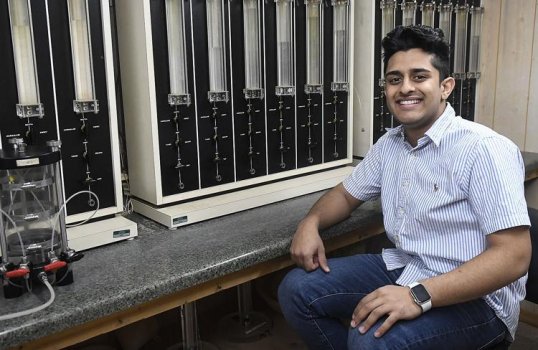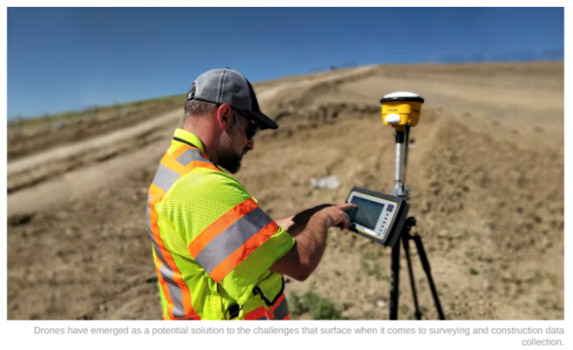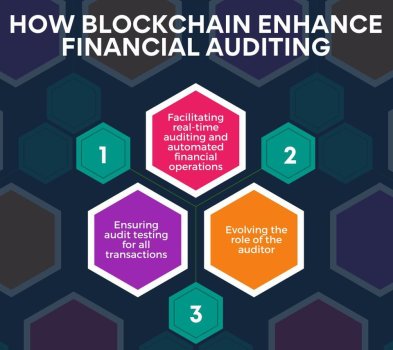What is the Algorand blockchain, and how does it work?
- Technology Solutions
- 0 Replies
What is Algorand?
Algorand is a blockchain network created in 2017 by Silvio Micali, an MIT professor who won the Turing Award for his work in cryptography. Algorand is a decentralized permissionless blockchain protocol that anyone can use to develop applications and transfer value. The Algorand protocol is powered by a novel consensus algorithm that enables fast, secure and scalable transactions.
Algorand addresses the common issues that most older blockchains have, specifically concerning scalability and consensus. The blockchain uses Pure proof-of-stake (PPoS), a consensus protocol that selects validators at random according to the weight of their stake in ALGO coins.
What is Algorand trying to solve?
The Algorand protocol is designed to solve three of the biggest problems most blockchains face: security, scalability and decentralization. Dubbed as the “blockchain trilemma,” the Algorand network claims to address the following three major issues.
Continue reading: https://cointelegraph.com/news/what-is-the-algorand-blockchain-and-how-does-it-work
Algorand is a blockchain network created in 2017 by Silvio Micali, an MIT professor who won the Turing Award for his work in cryptography. Algorand is a decentralized permissionless blockchain protocol that anyone can use to develop applications and transfer value. The Algorand protocol is powered by a novel consensus algorithm that enables fast, secure and scalable transactions.
Algorand addresses the common issues that most older blockchains have, specifically concerning scalability and consensus. The blockchain uses Pure proof-of-stake (PPoS), a consensus protocol that selects validators at random according to the weight of their stake in ALGO coins.
What is Algorand trying to solve?
The Algorand protocol is designed to solve three of the biggest problems most blockchains face: security, scalability and decentralization. Dubbed as the “blockchain trilemma,” the Algorand network claims to address the following three major issues.
Continue reading: https://cointelegraph.com/news/what-is-the-algorand-blockchain-and-how-does-it-work






